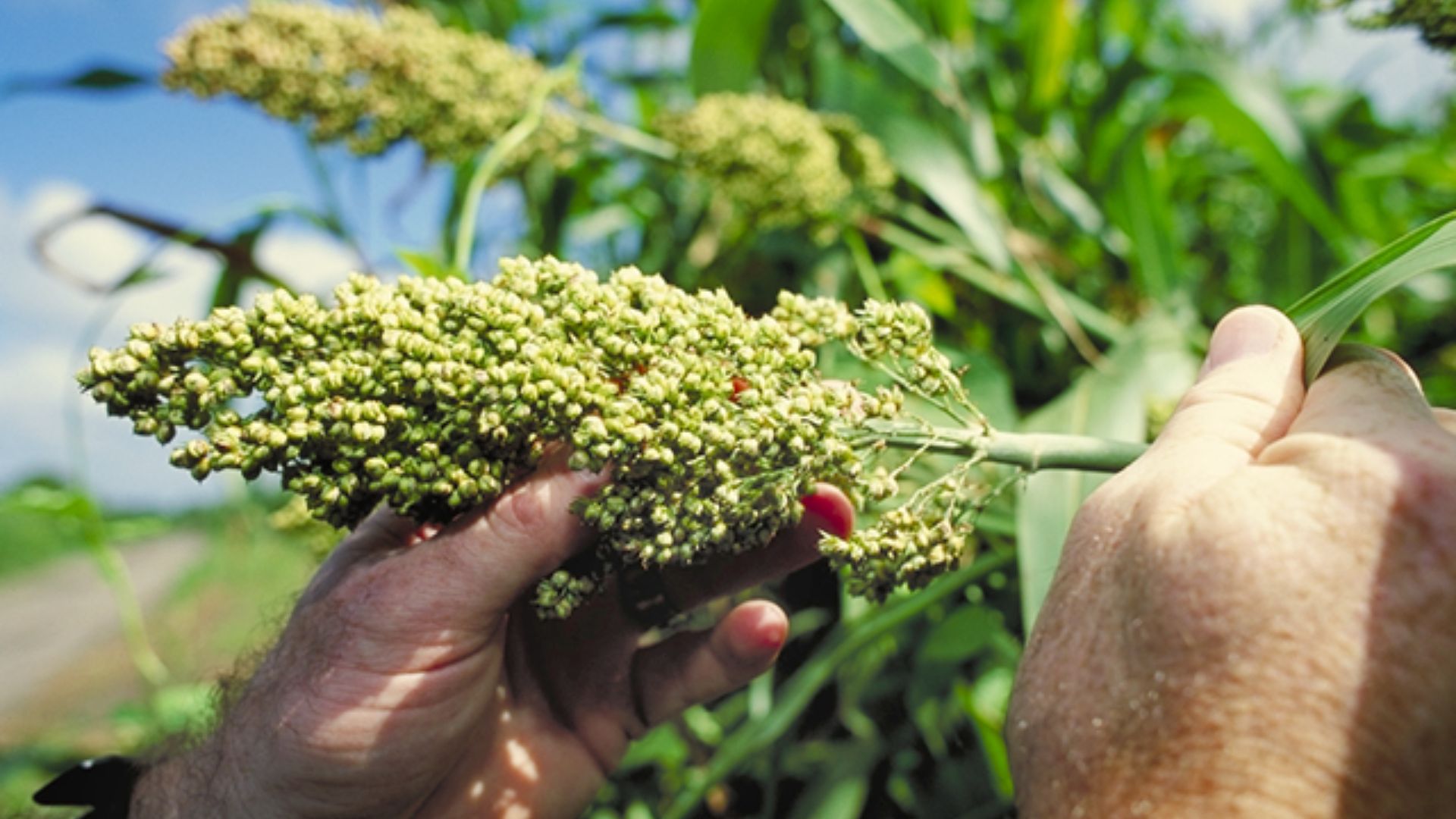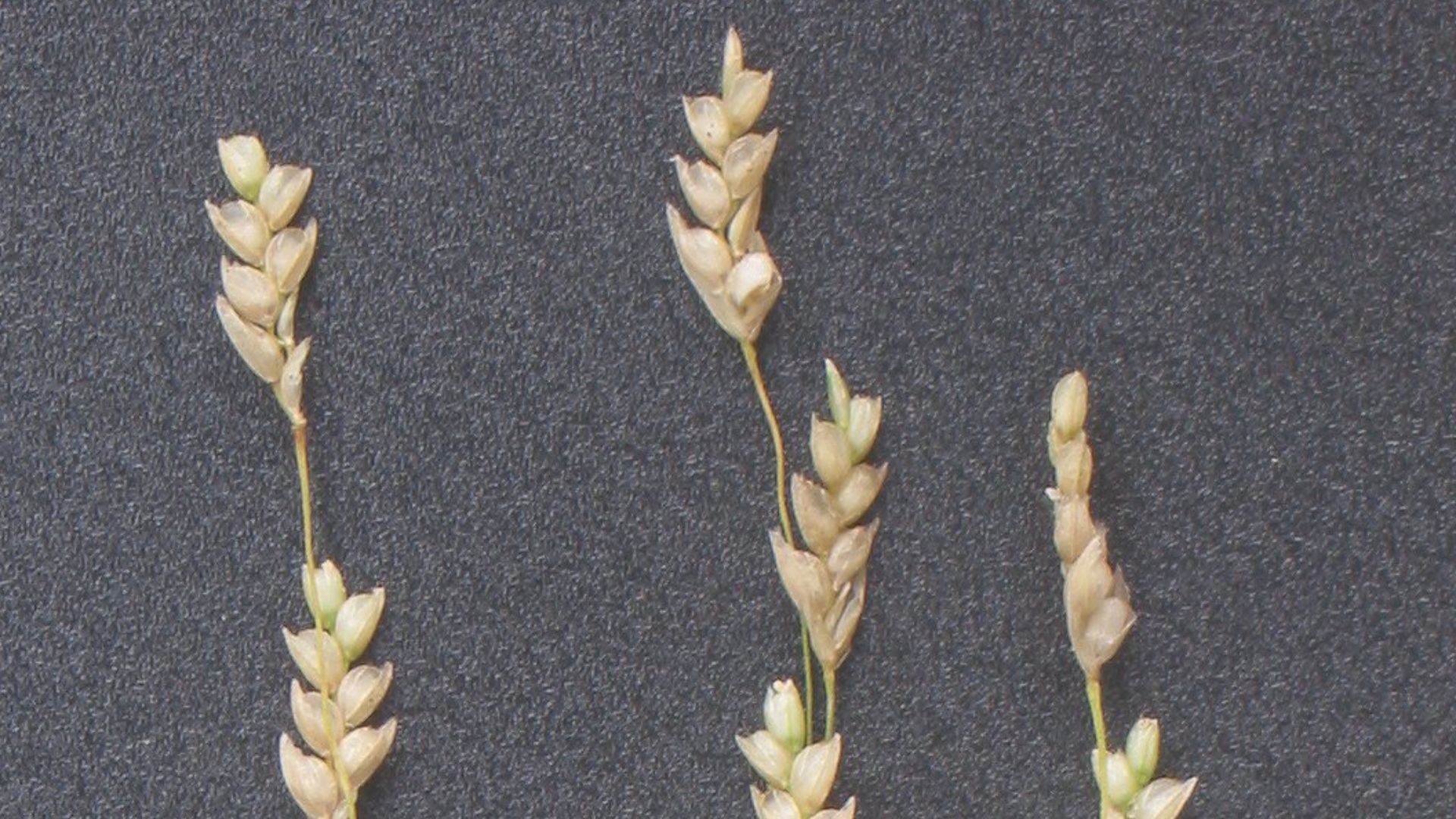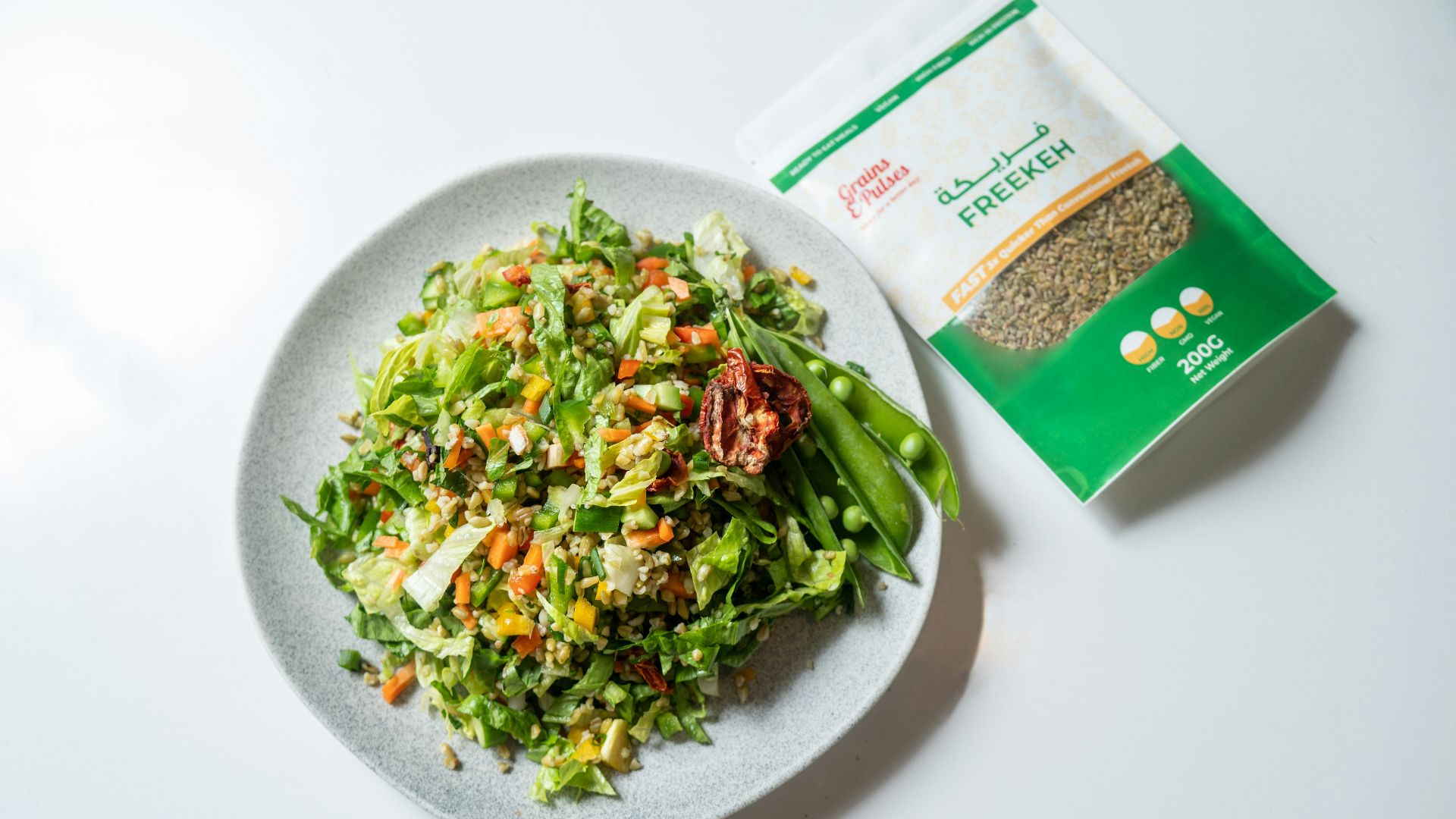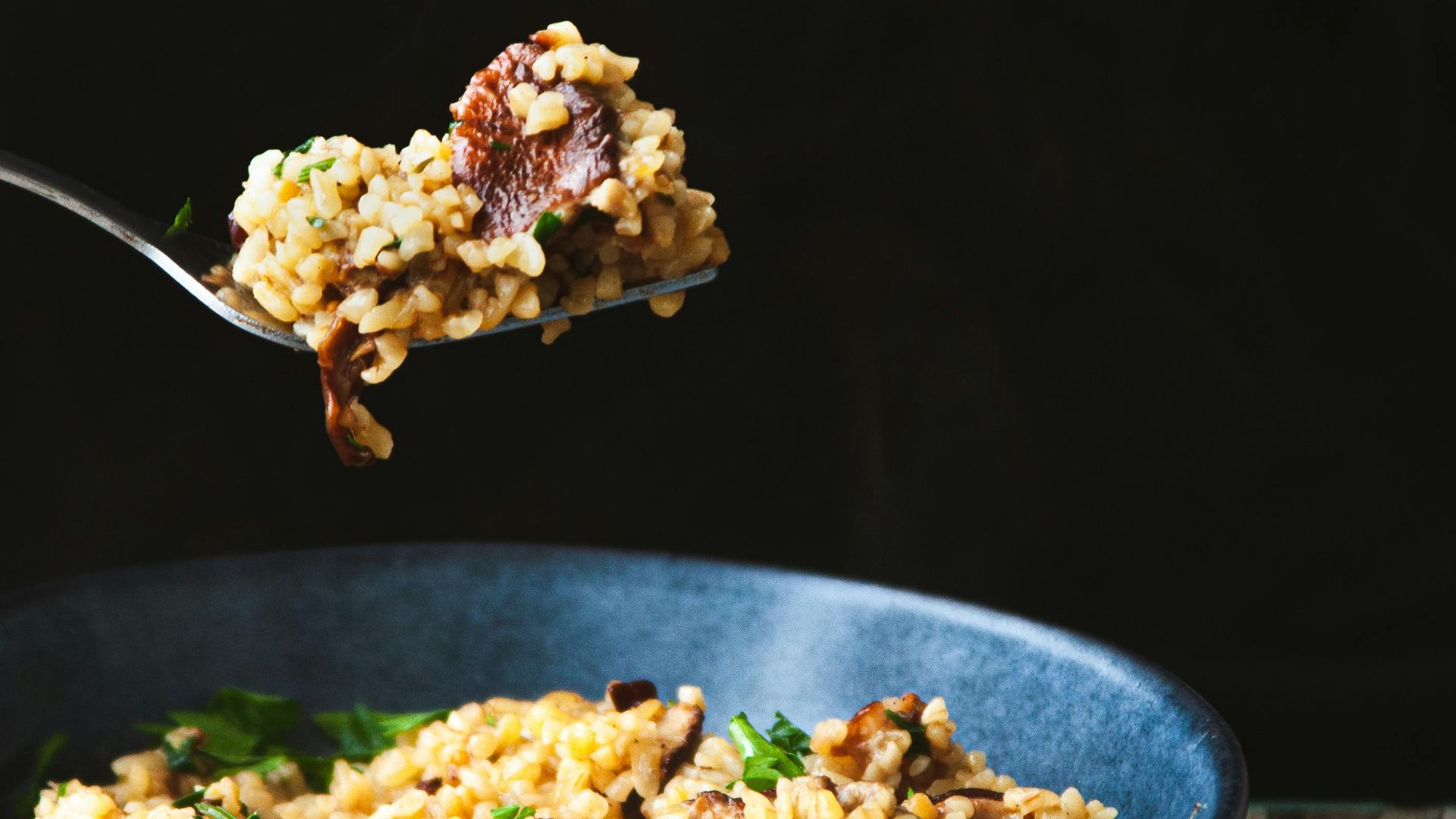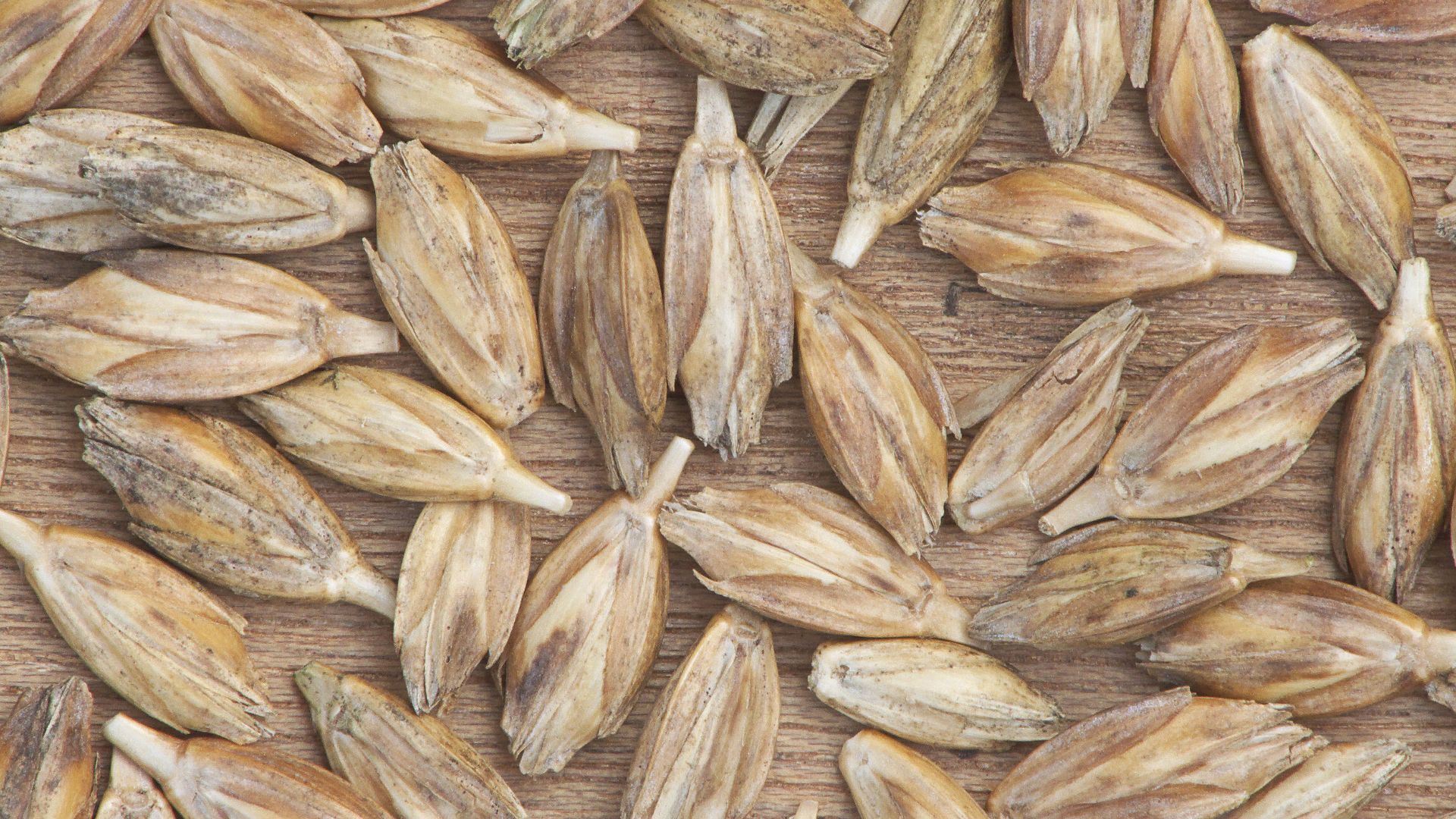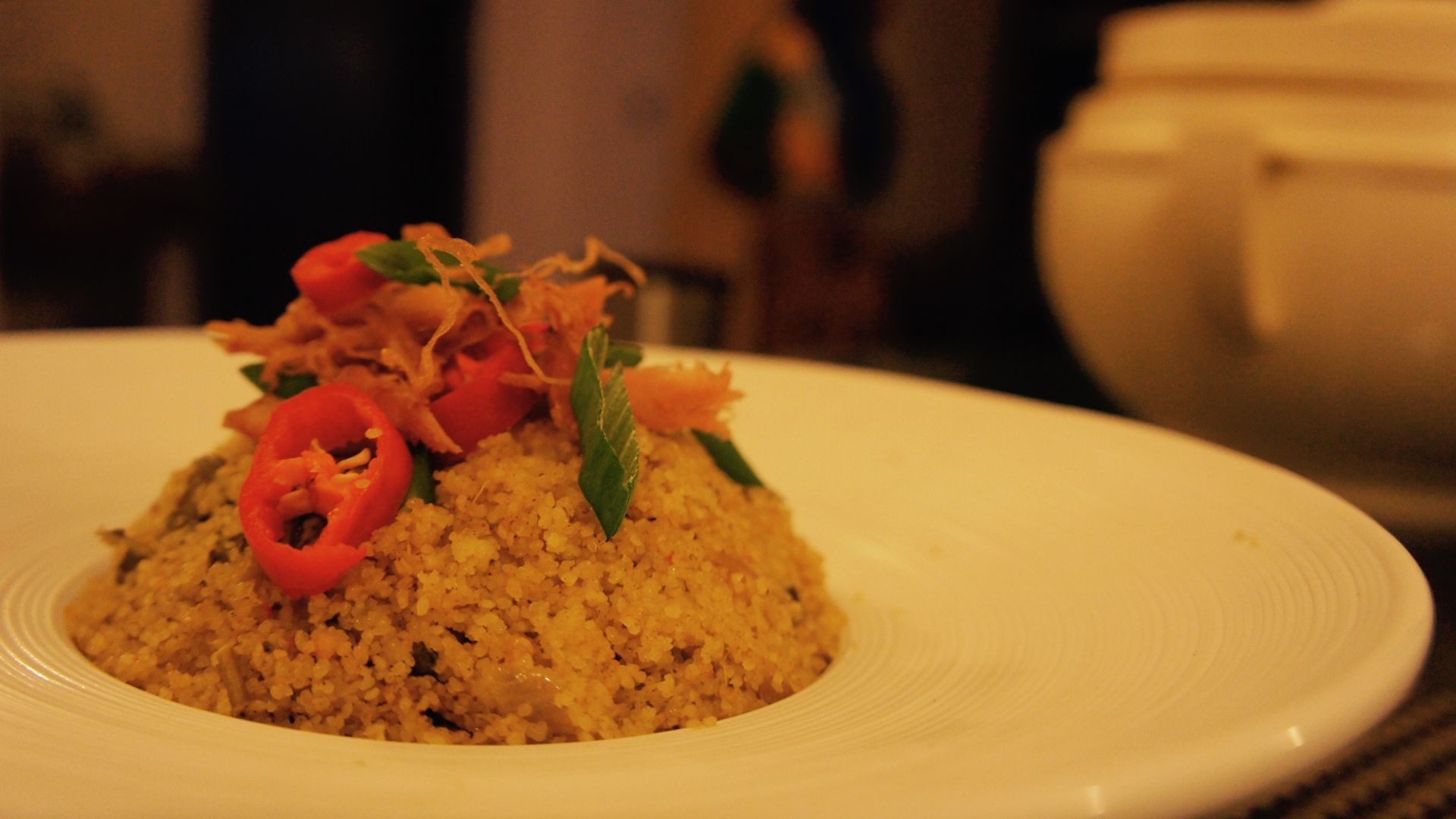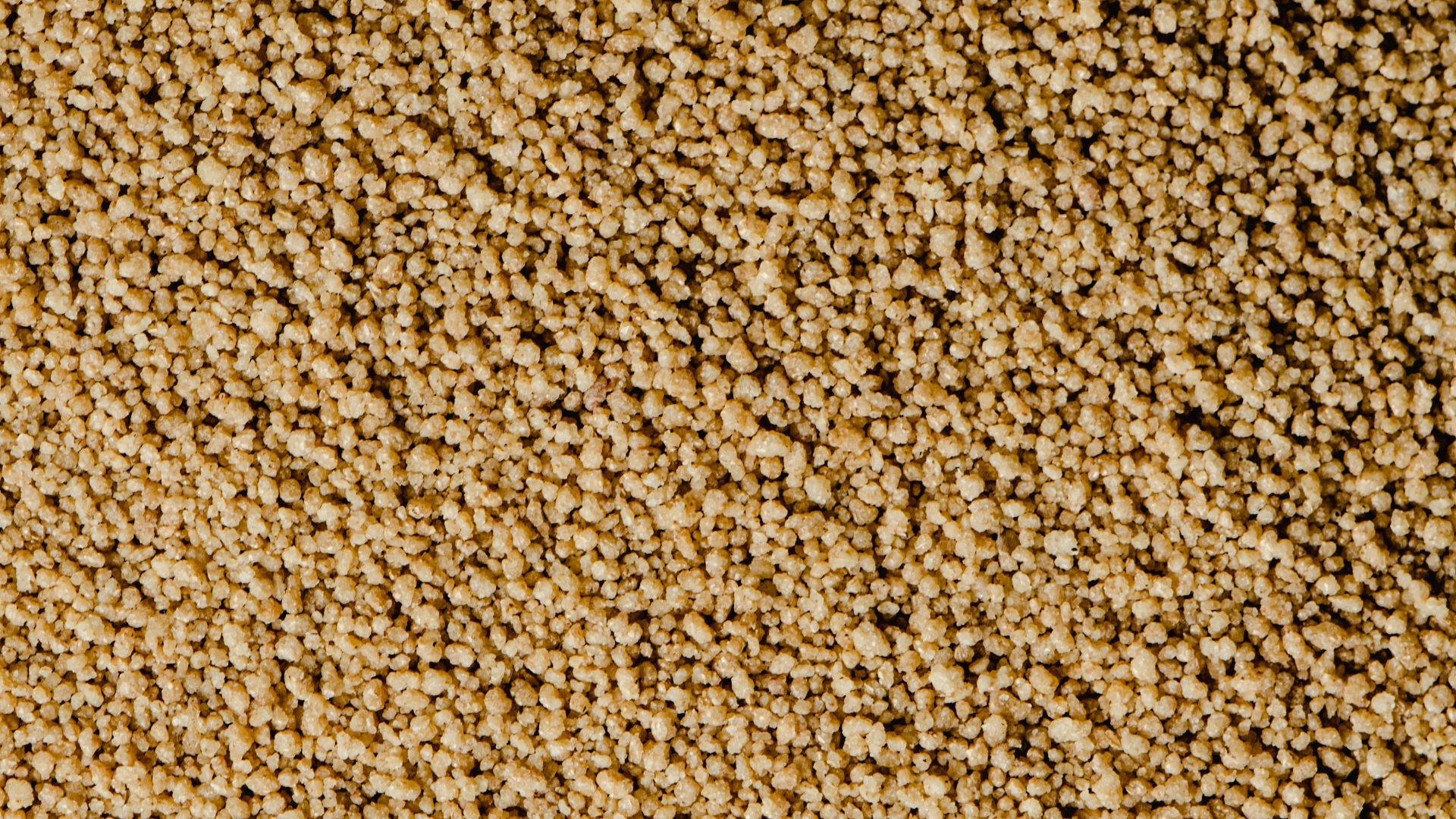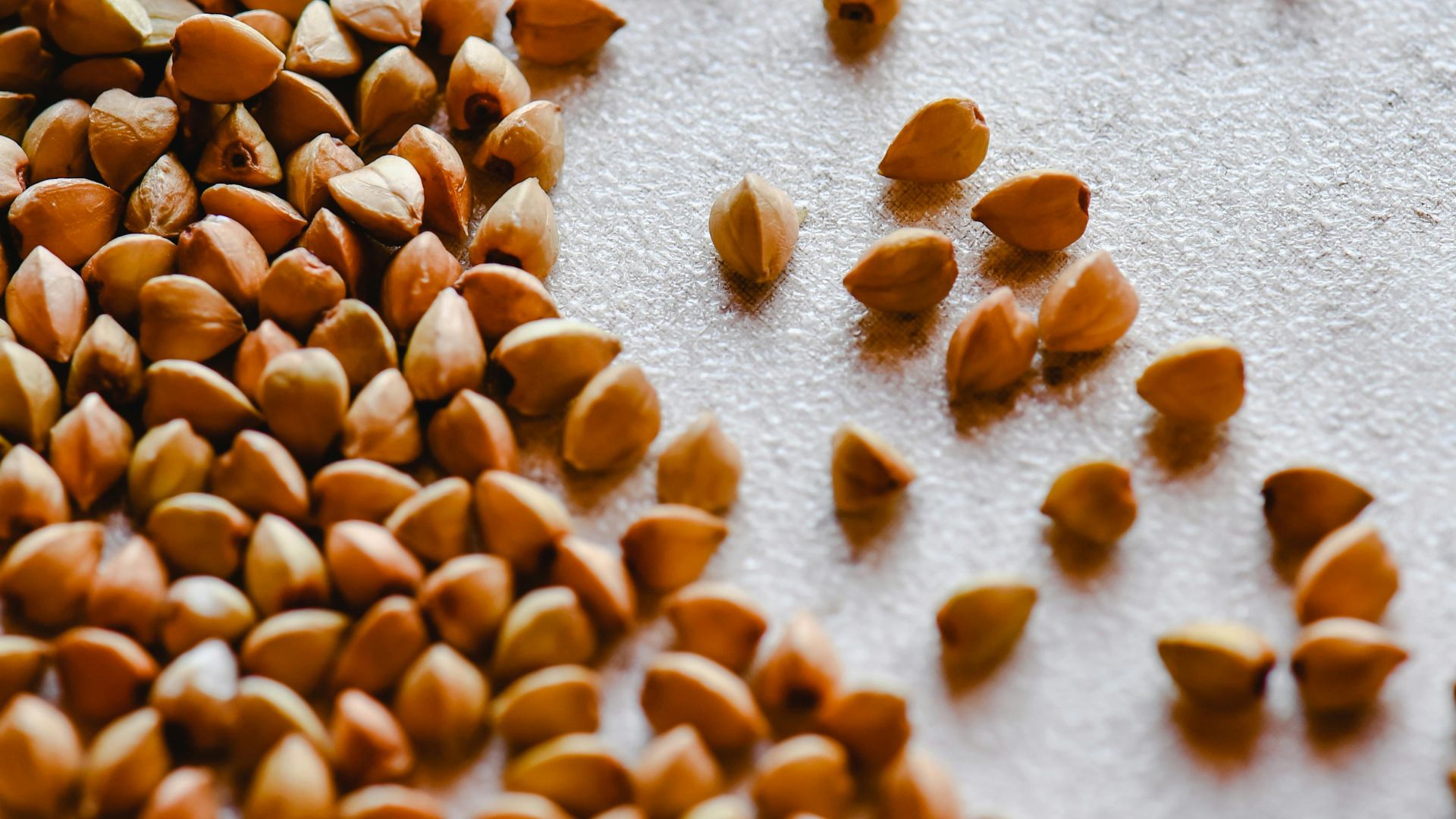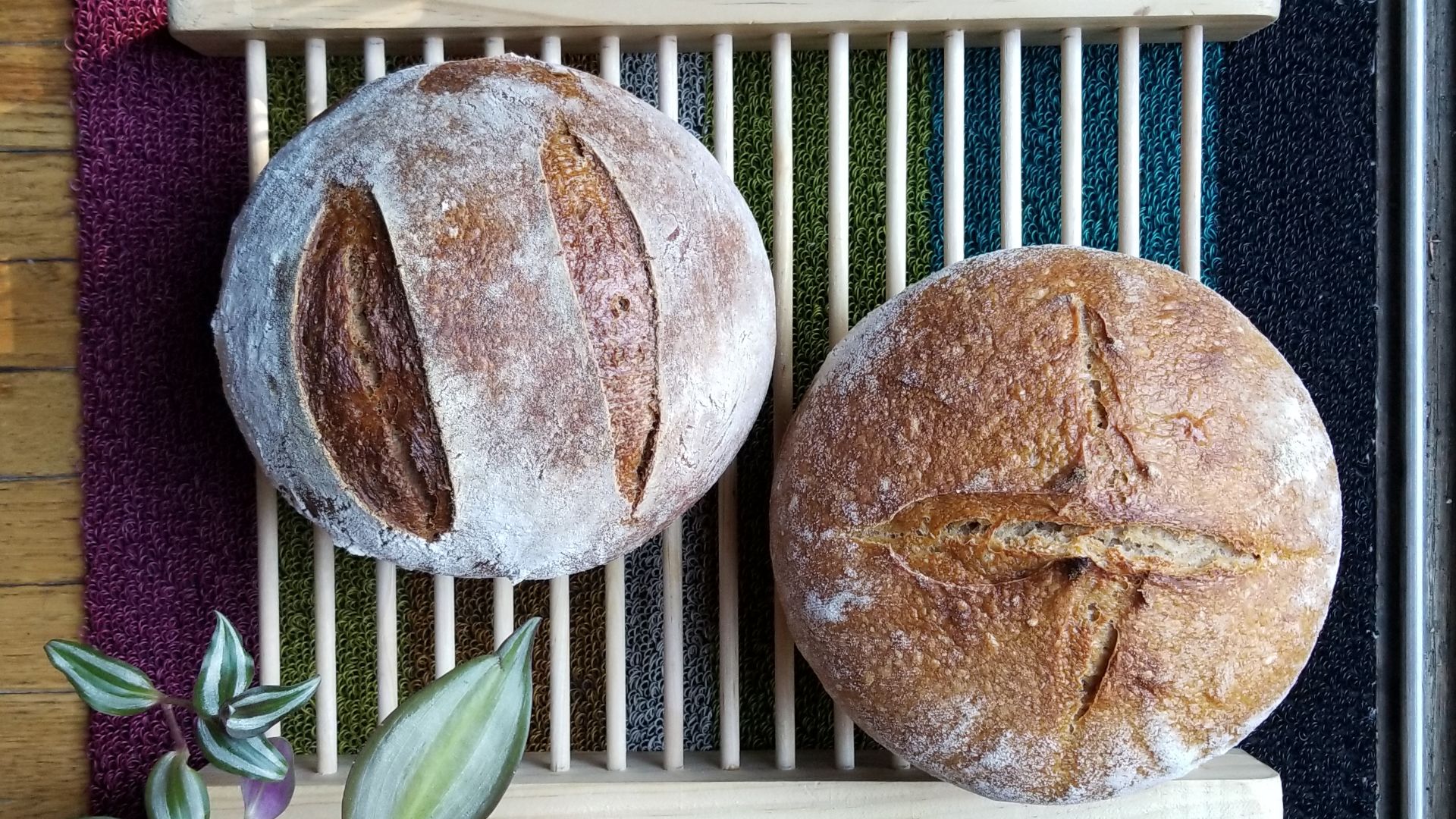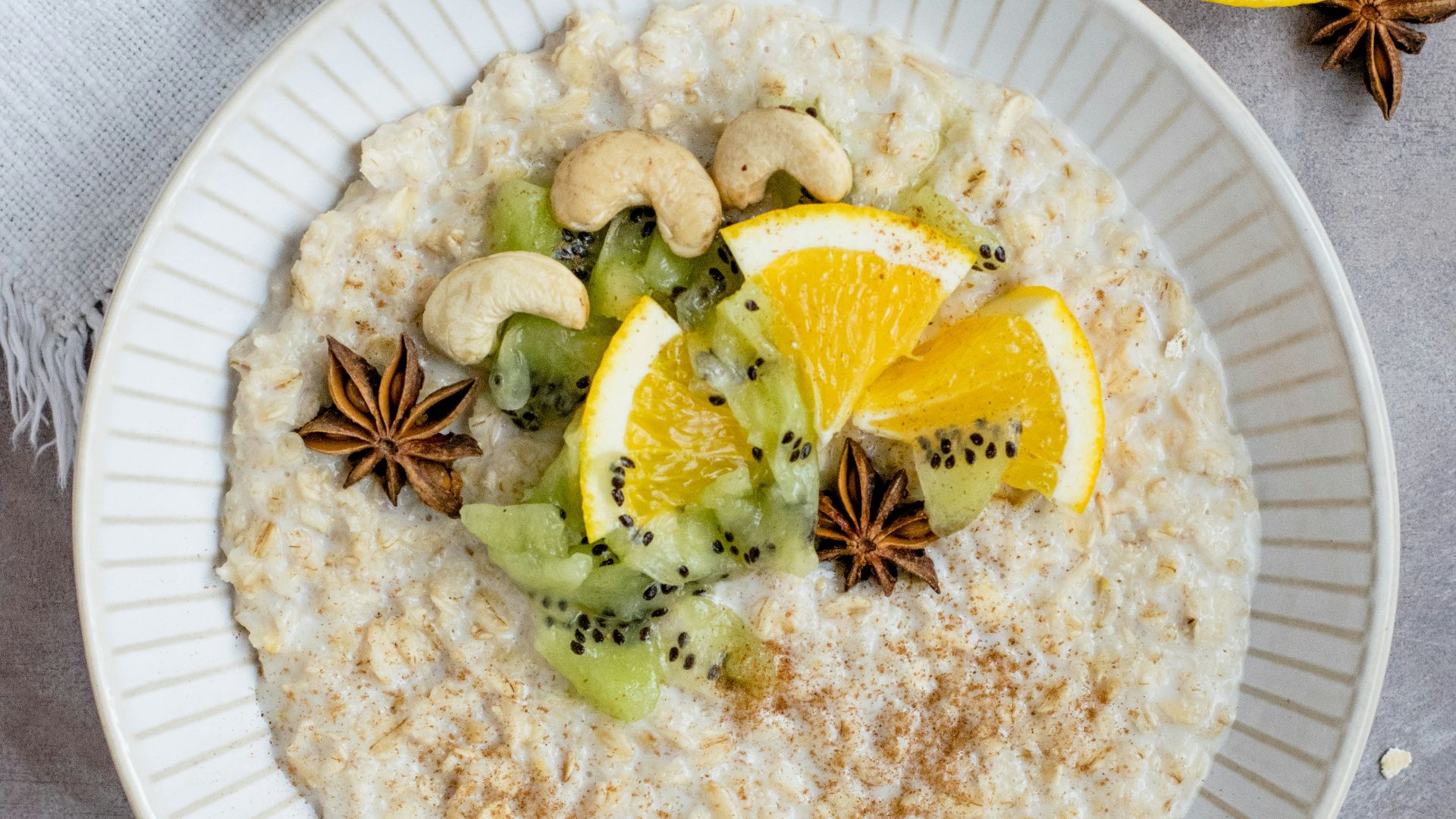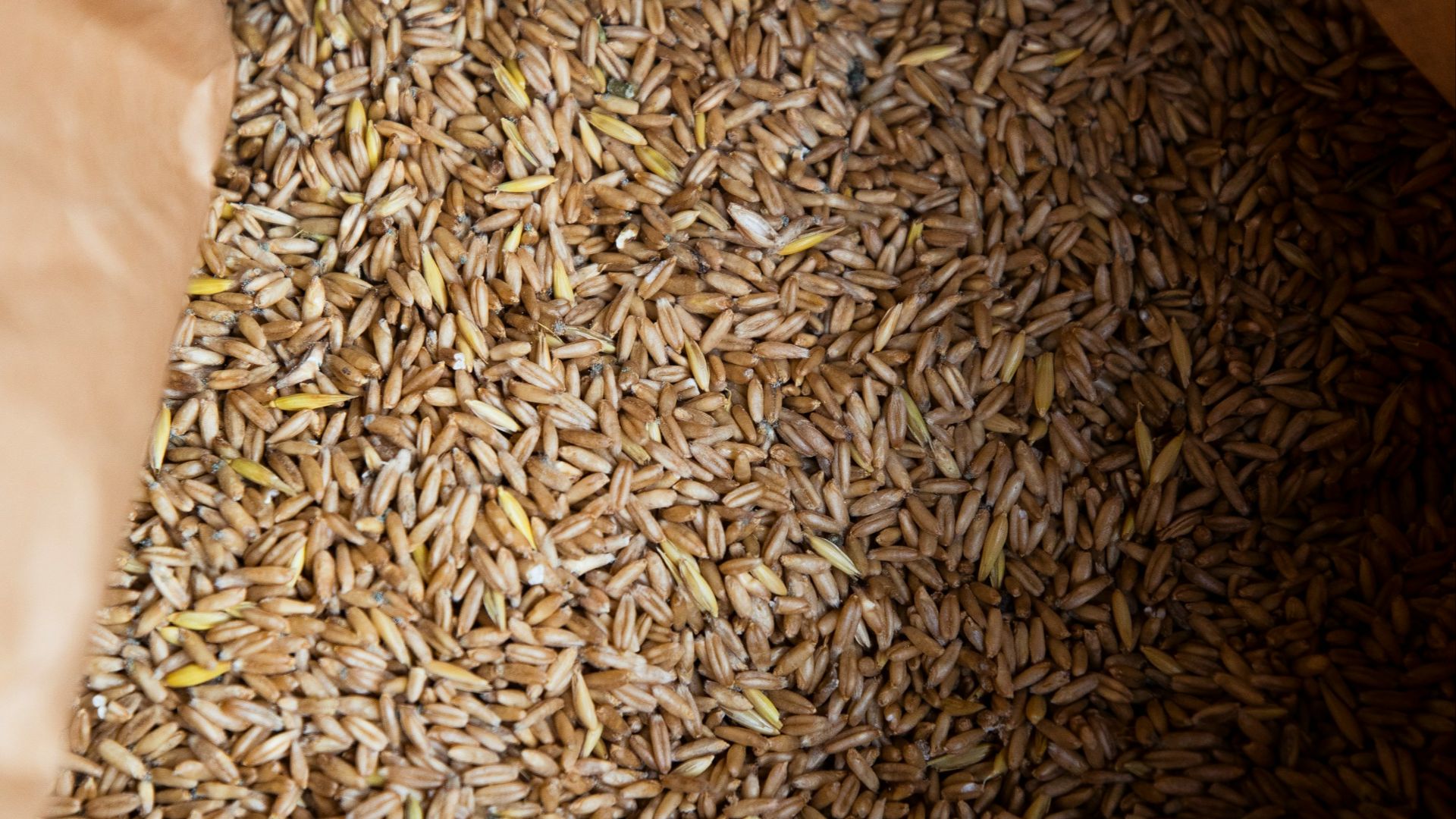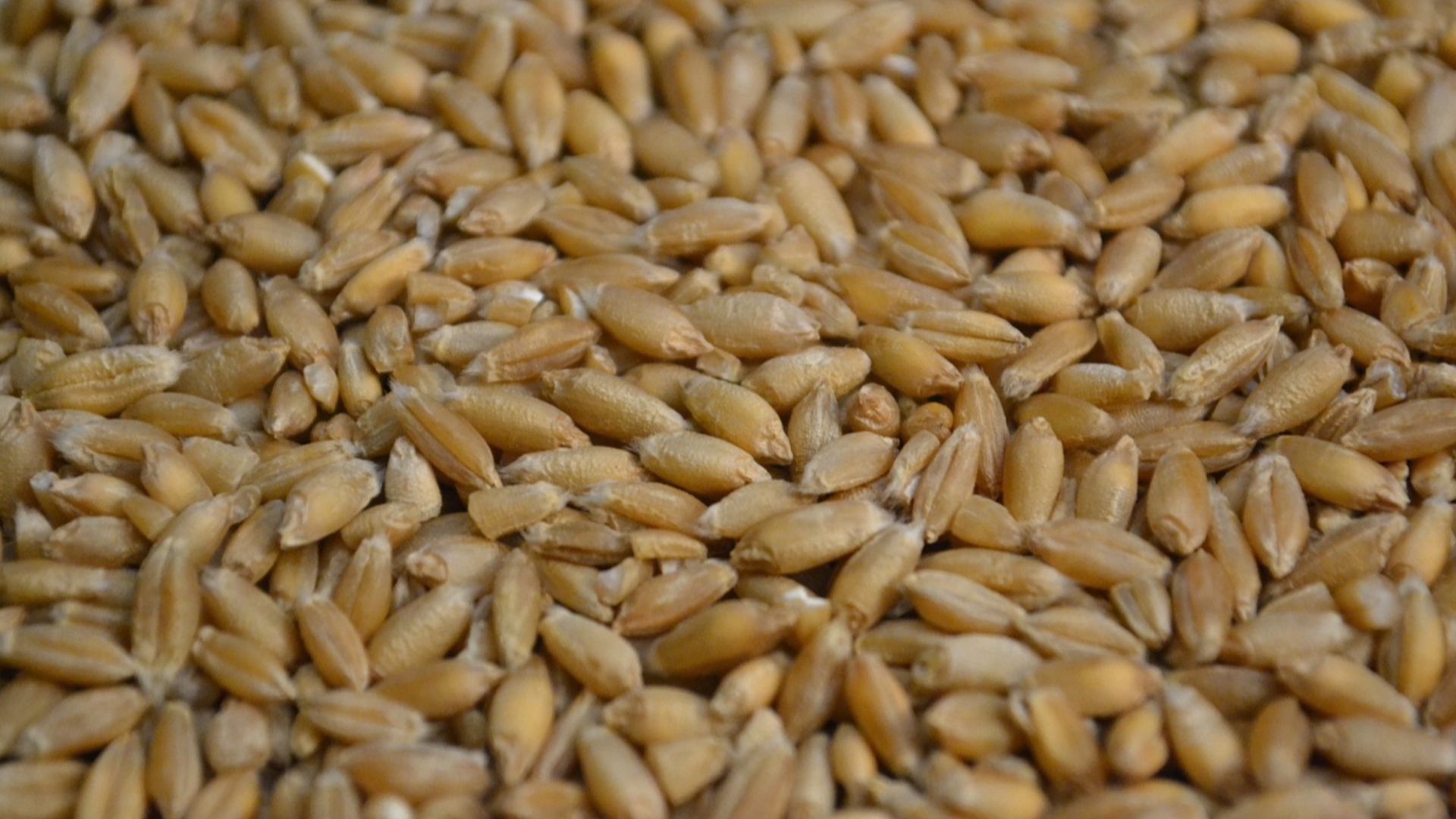20 Healthy Ancient Grains To Replace Refined Carbs With
Replace Those Empty Carbs With Nourishing Ancient Grains
The average American consumes 10 to 15 grams of fiber daily, less than half the recommended amount. This is because most carbohydrates in our diet are refined, such as white rice and white bread. But there are plenty of delicious and satisfying whole grains to choose from that can help you reach your fiber goals. Plus, they contain protein, vitamins, minerals, and antioxidants too. Here are 20 ancient grains to add to your diet.
1. Amaranth
Amaranth is a gluten-free grain with a slightly nutty flavor that contains a myriad of healthy nutrients like protein, iron, fiber, and magnesium. It can easily act as a more nutritious alternative to rice or couscous.
2. Sorghum
Sorghum is the fifth most consumed grain worldwide. It has a mild taste and can be cooked like rice or ground into flour for use in baked goods. It's an excellent source of magnesium and plant compounds like flavonoids which are anti-inflammatory and anticancer.
3. Teff
Teff is a grass seed with a large nutrition and flavor profile originating in Ethiopia. It's slightly nutty and sweet and contains iron, protein, and phytochemicals. It can be cooked into a porridge or ground into flour.
4. Freekeh
A grain made from durum wheat that hasn't matured yet, freekeh is a great source of fiber, protein, calcium, potassium, iron, and zinc. It's commonly eaten in the Middle East where it's cooked like rice or added to soups and stews.
6. Bulgur
Bulgur is made from cracked durum wheat that's extremely high in fiber. It's a Middle Eastern staple commonly added to salads or used in pilafs.
7. Farro
Farro is a grain made from wheat with a very high fiber, antioxidant, and protein content. It's become increasingly popular in recent years as an alternative to rice.
8. Barley
Barley is the most-consumed ancient grain in the American diet. It contains plenty of protein, iron, and a soluble fiber called beta-glucans which improve insulin activity and act as an appetite suppressant.
9. Quinoa
A popular gluten-free grain, quinoa is a great source of fiber, zinc, and antioxidants. What's more, it's one of the few plant-based sources of complete protein. It can be cooked like rice or added to salads.
 Einladung_zum_Essen on Pixabay
Einladung_zum_Essen on Pixabay
10. Rye
Rye is a member of the wheat family but it's richer in vitamins and minerals than regular wheat. Commonly used in bread, particularly in Germany and Scandinavia, it's high in protein, fiber, and magnesium.
11. Fonio
Fonio is a type of millet popular in Africa. It contains protein, fiber, magnesium, copper, and zinc. It has a subtly nutty flavor like bulgur and can be cooked into a couscous-like dish or ground into flour.
12. Khorasan
Khorasan wheat, or kamut, is an ancient grain that's commonly added to soups, salads, and casseroles or ground into flour. It's an excellent source of fiber, zinc, and protein and has been shown to reduce cholesterol and blood sugar levels.
13. Millet
Millet is a staple grain in China, India, and certain parts of Africa. The gluten-free cereal is a good source of fiber, protein, and magnesium. It's commonly prepared for breakfast or in place of rice.
14. Buckwheat
Buckwheat is actually a seed, not a grain, commonly eaten in Eastern Europe where it's cooked into a porridge-like substance. It's naturally gluten-free and is a powerhouse of antioxidants, fiber, and plant compounds.
15. Emmer
Emmer is one of the oldest domesticated crops. It's part of the wheat family but is much higher in protein, antioxidants, and fiber. It can be ground into flour and used in bread or cooked in soups, stews, and pilafs.
 Robert Flogaus-Faust on Wikimedia
Robert Flogaus-Faust on Wikimedia
16. Einkorn
A popular ingredient in baked goods when ground into flour, einkorn is the only grain that hasn't been hybridized. It boasts plenty of protein, healthy fats, fiber, zinc, and iron.
17. Oats
Oats are the perfect breakfast grain. They're rich in prebiotic fibers which support digestion. They also have anti-inflammatory properties, help reduce cholesterol and blood sugar levels, and are a great source of fiber, magnesium, and zinc.
18. Spelt
Spelt is another cousin of wheat but is a better source of fiber. It helps regulate metabolism and has immune-boosting qualities. It's commonly ground into flour for use in baked goods as well as cooked whole and used in place of rice.
19. Triticale
Triticale is a hybrid of wheat and rye but contains more protein, minerals, and vitamins than either. Studies have found triticale to be effective in reducing the risk of heart disease, and type 2 diabetes, and boosting immunity. It can be cooked into a porridge or ground into flour to bake with.
20. Wild Rice
Wild rice is actually the seeds of a water plant. It contains the same amount of fiber as brown rice but is higher in antioxidants, protein, and iron. It's delicious in a pilaf or added to soups and stews.
KEEP ON READING

The Most Popular Signature Dishes Around the World





